Television Landscapes
Durational gesture drawings created during a defined period of broadcast or streamed television (project statement below)
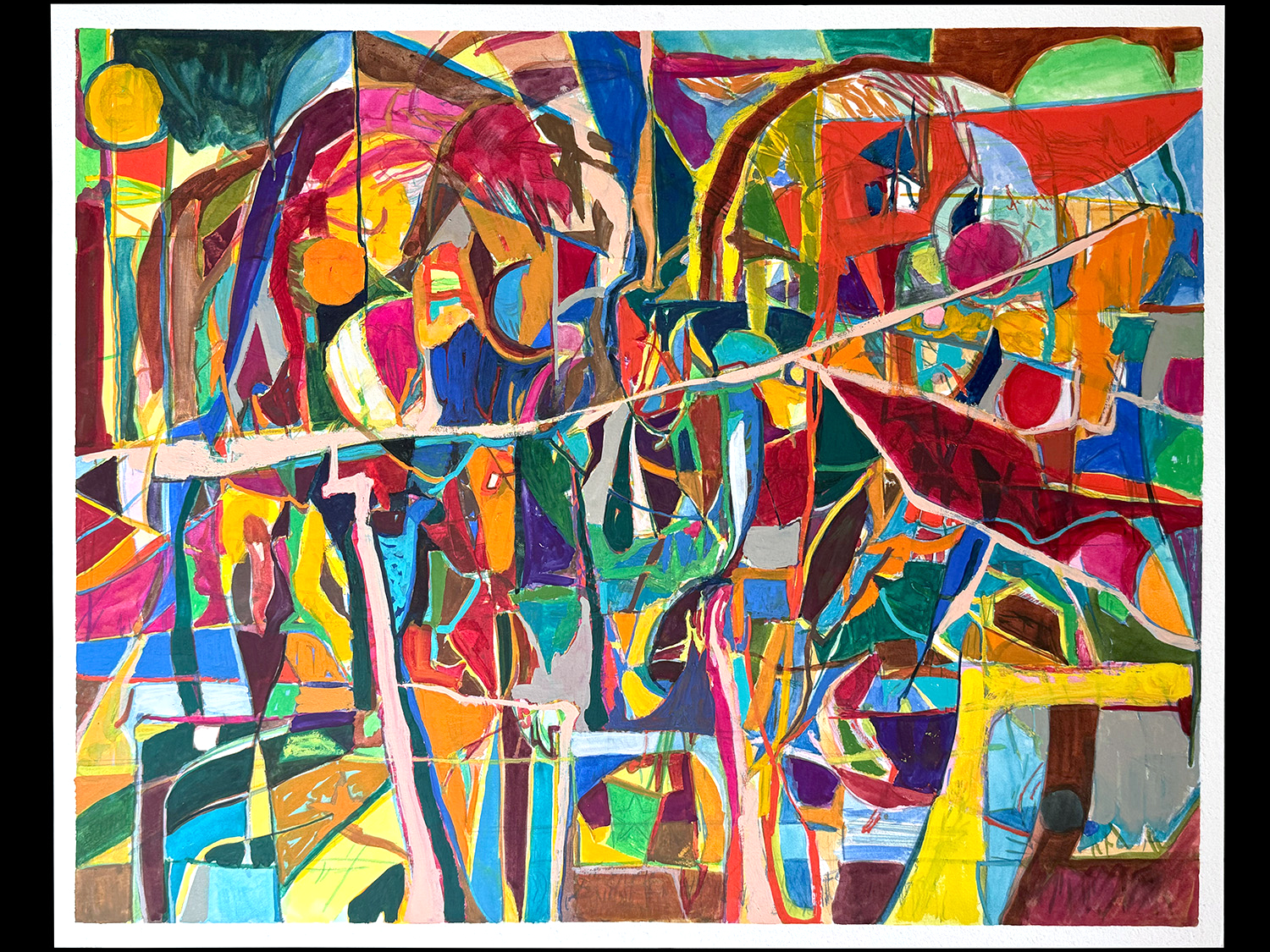
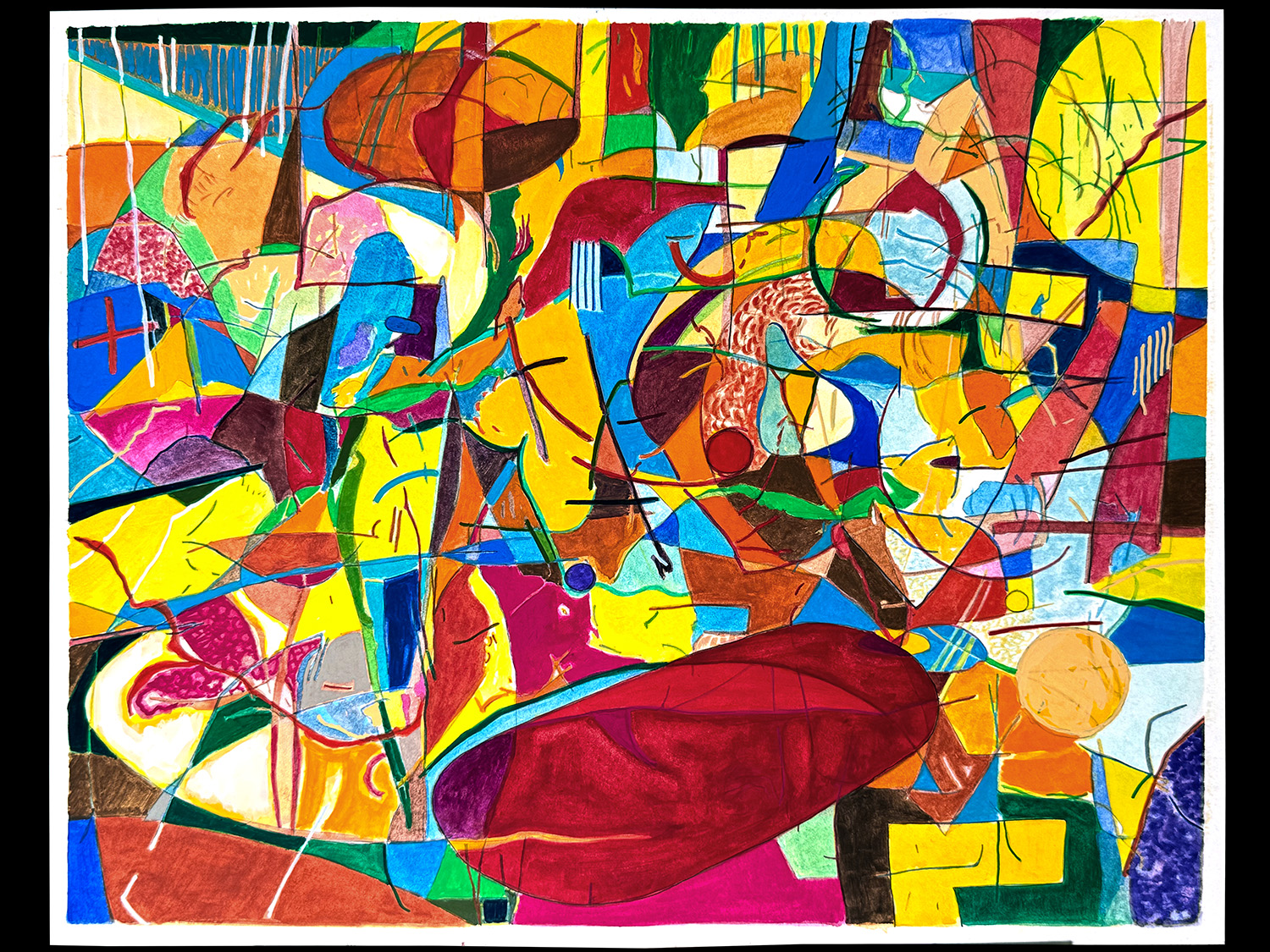
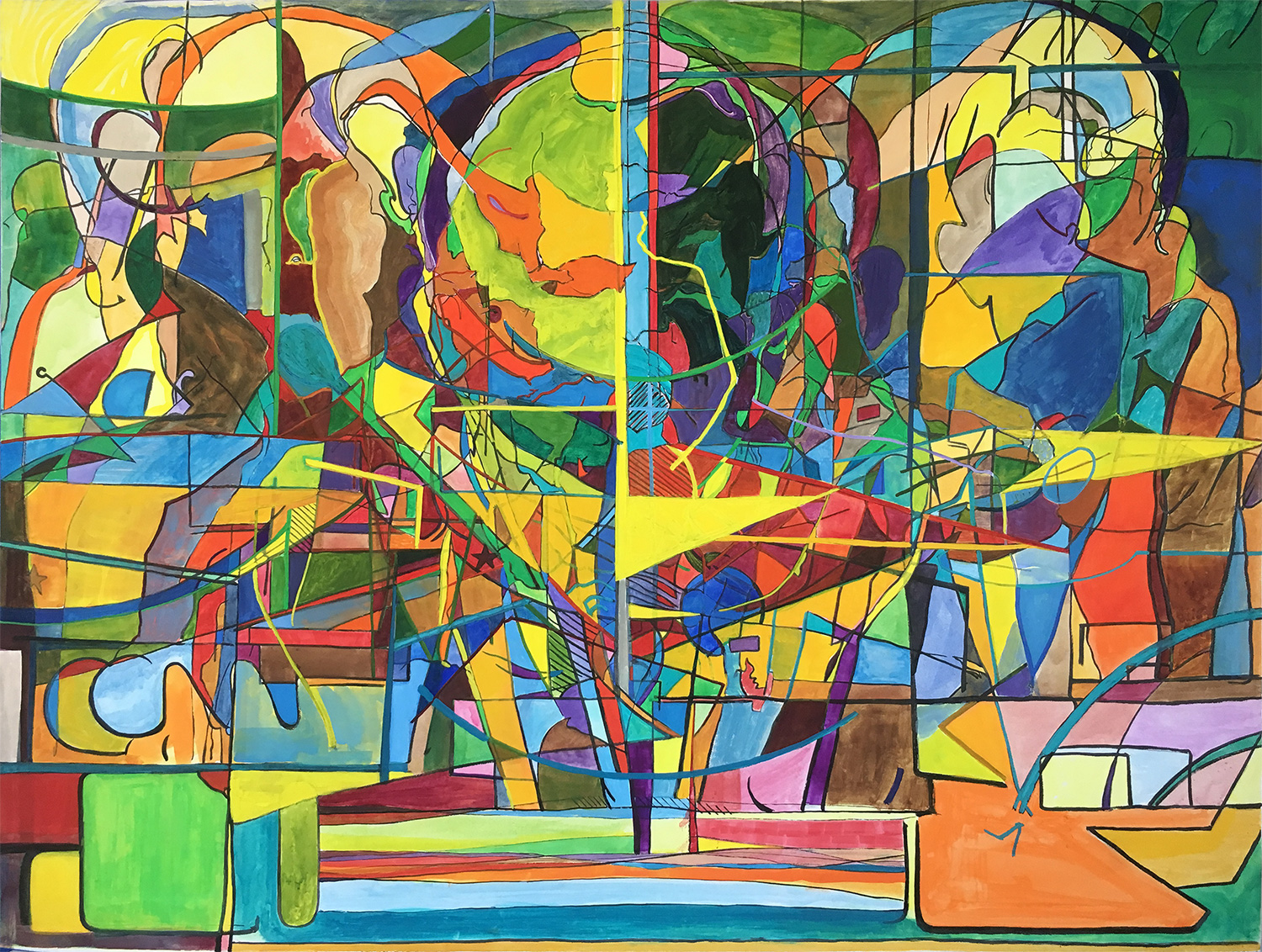
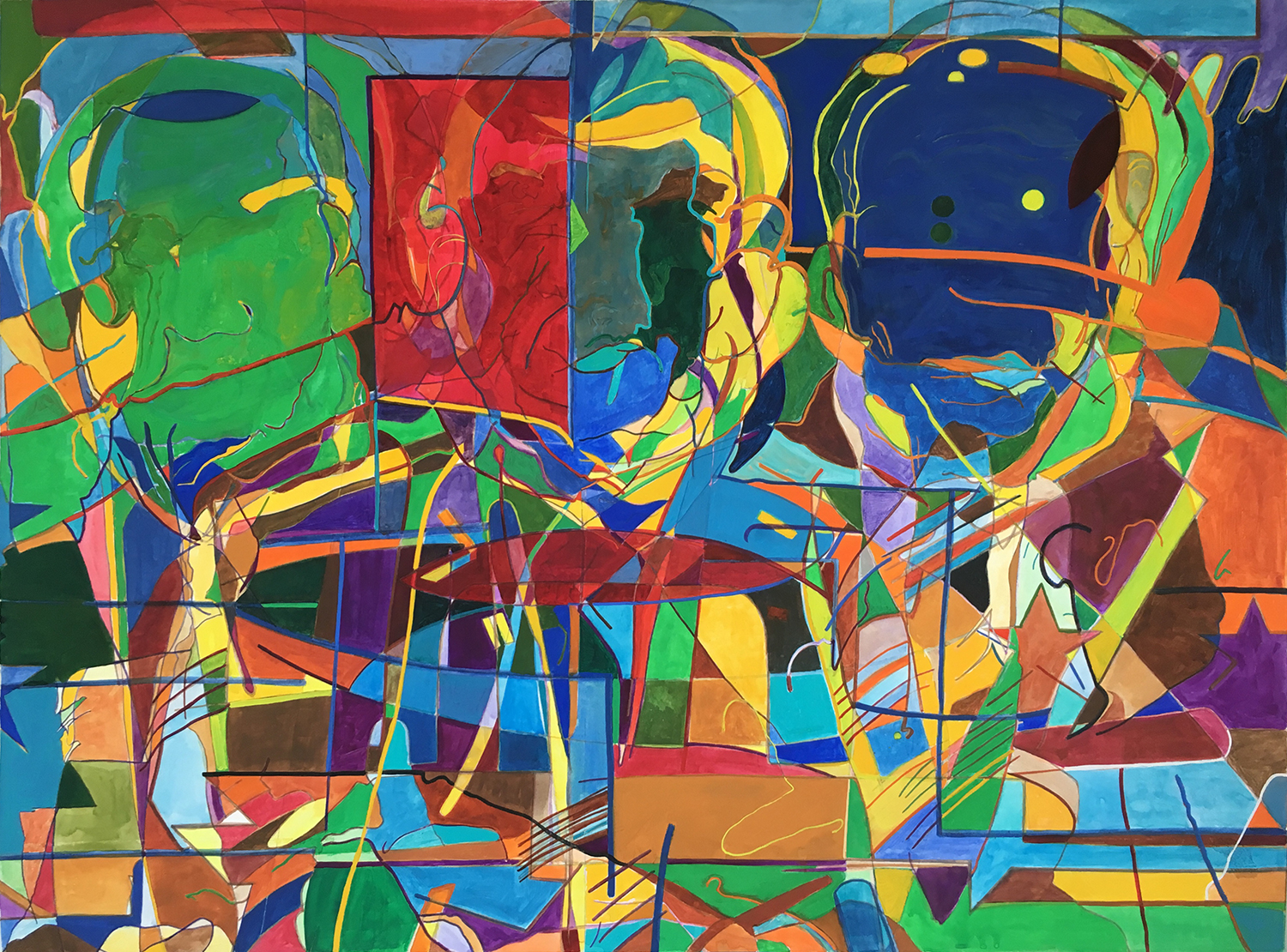
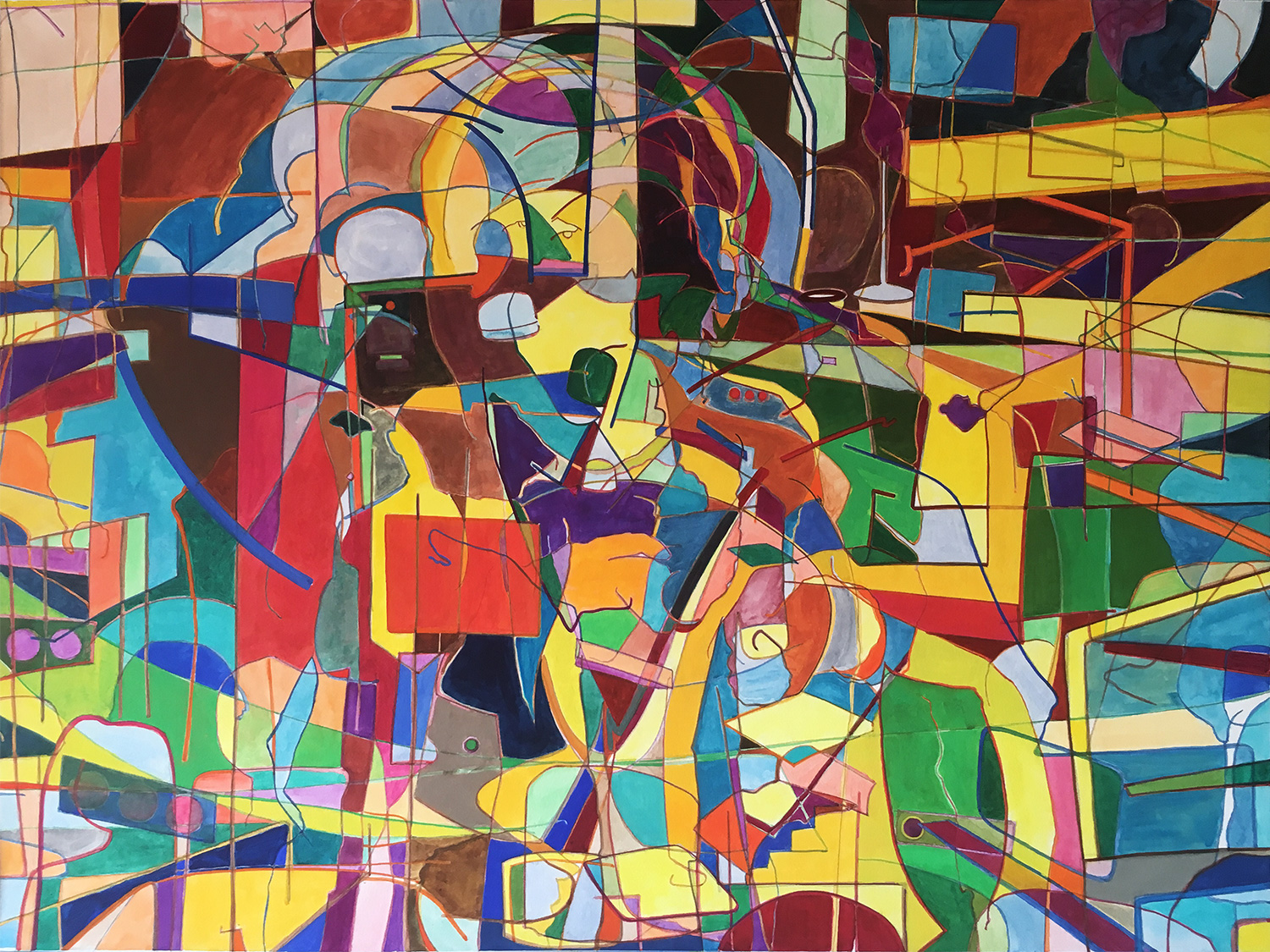
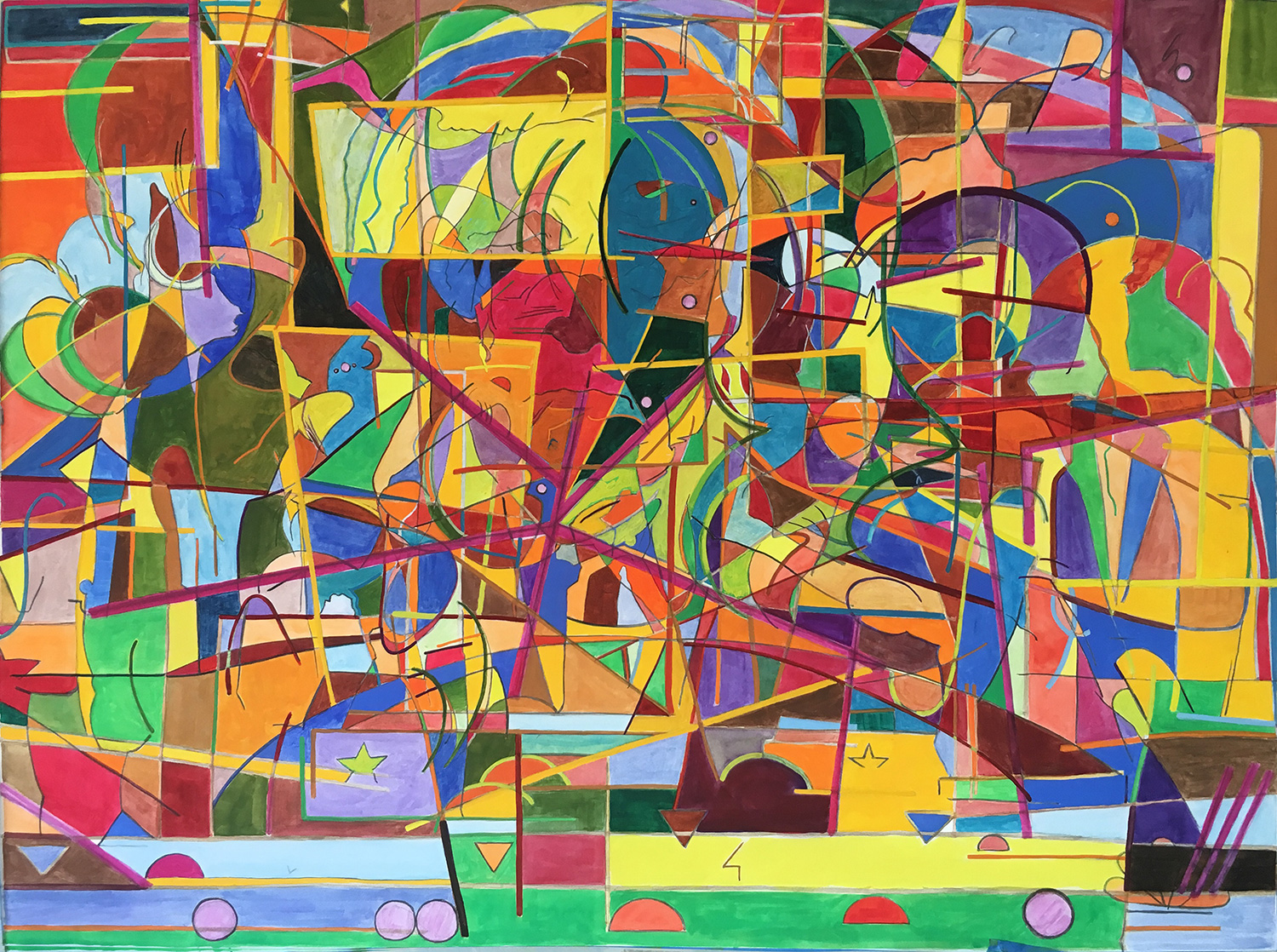
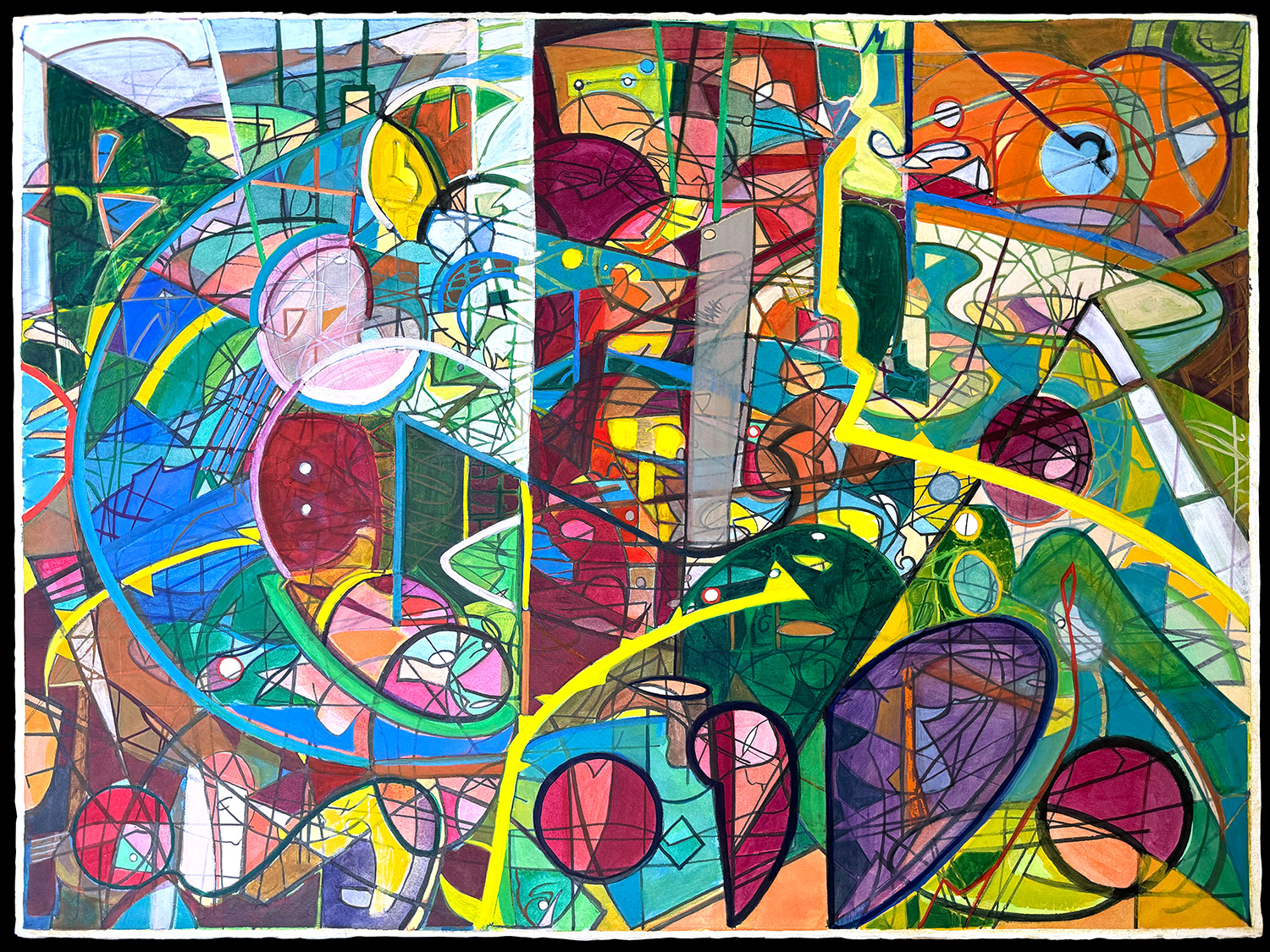
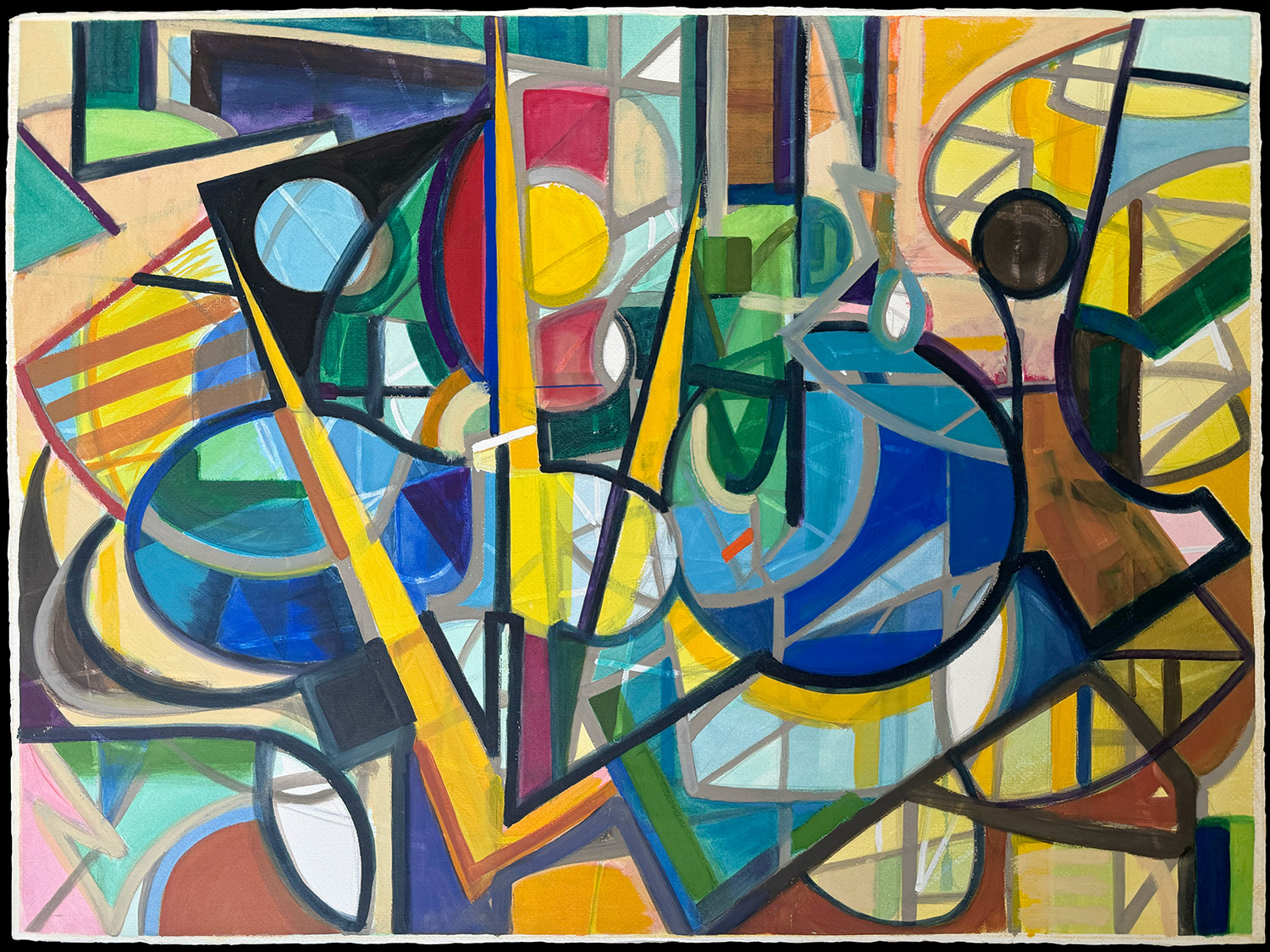
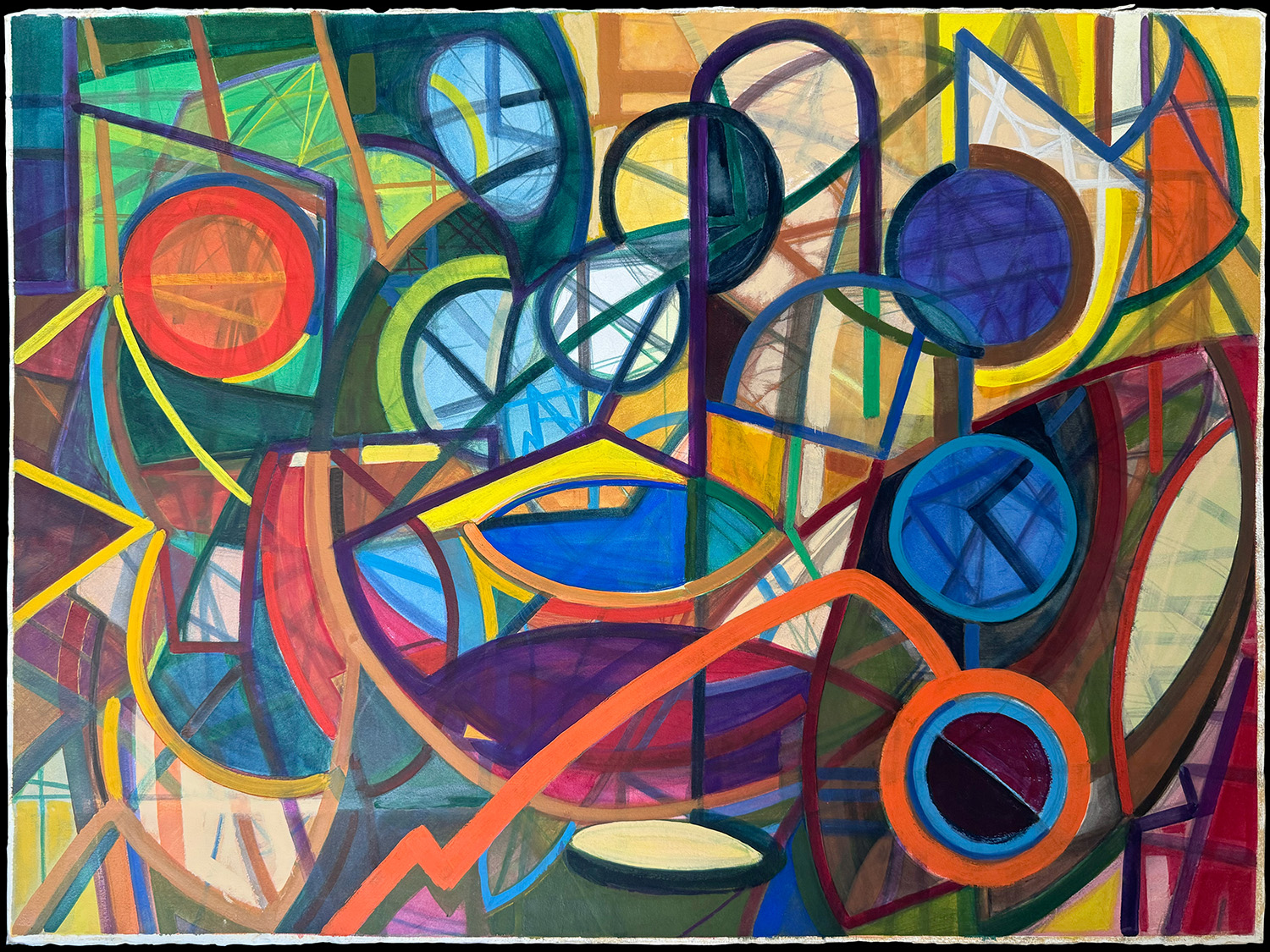
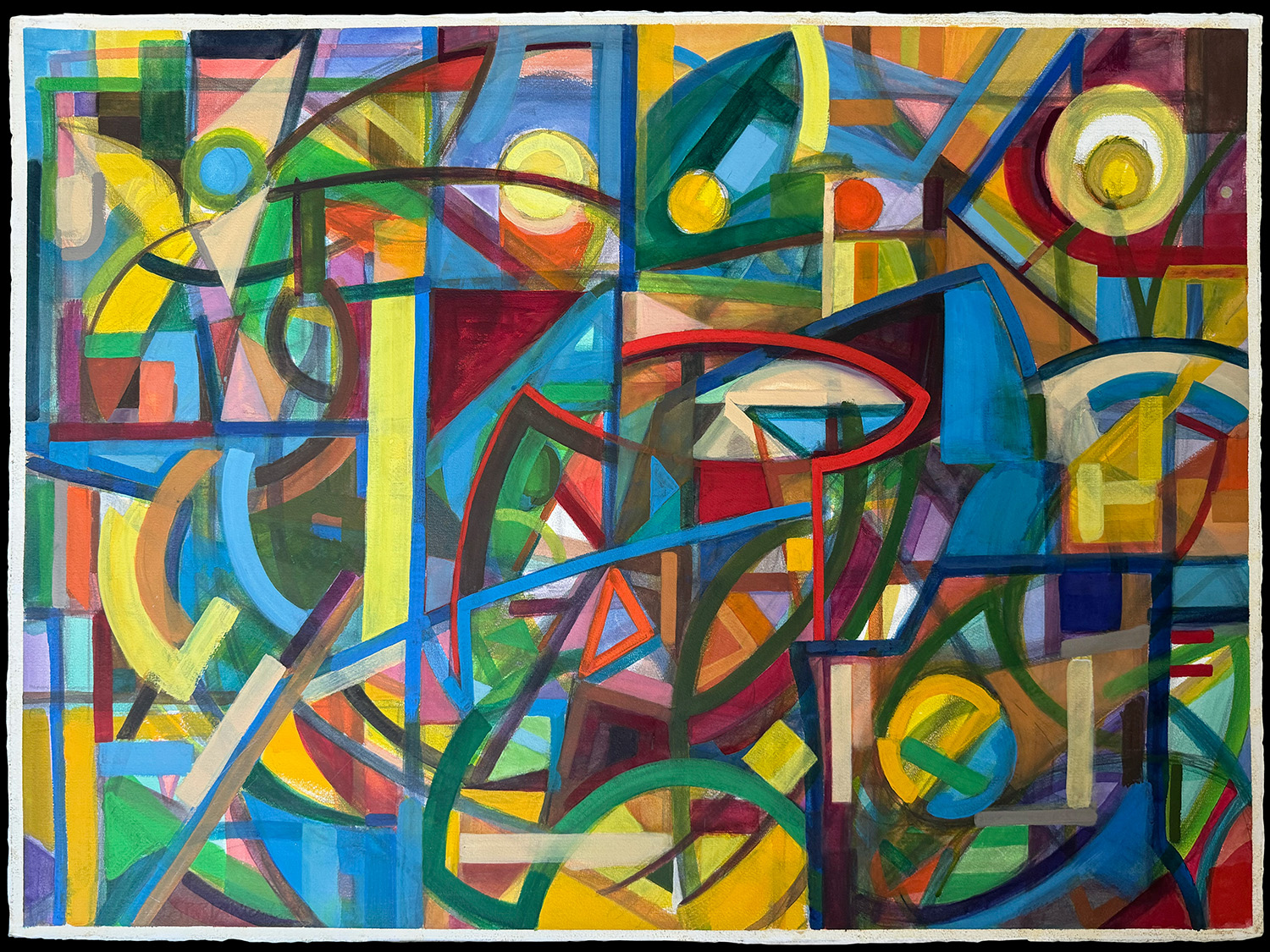
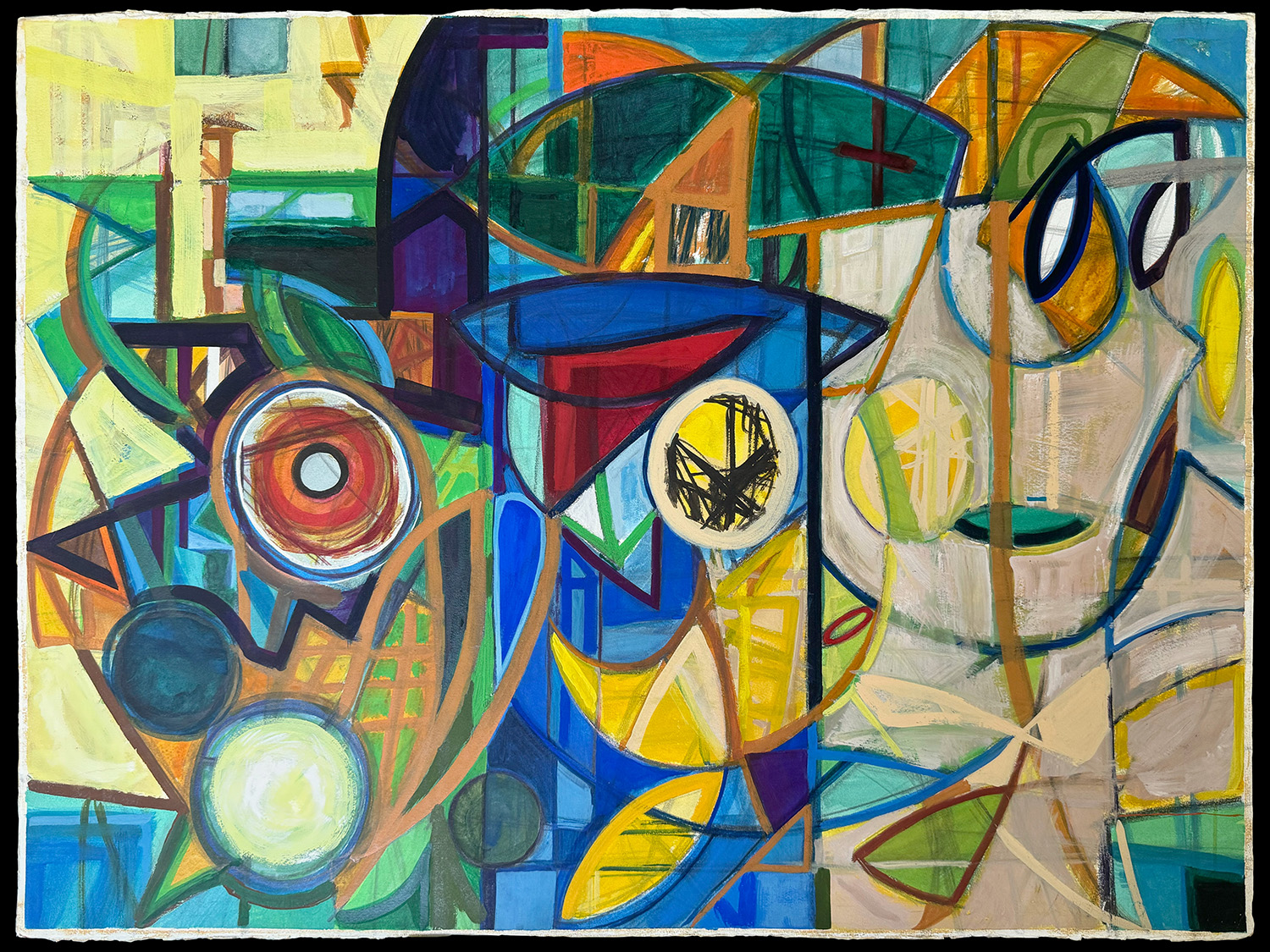
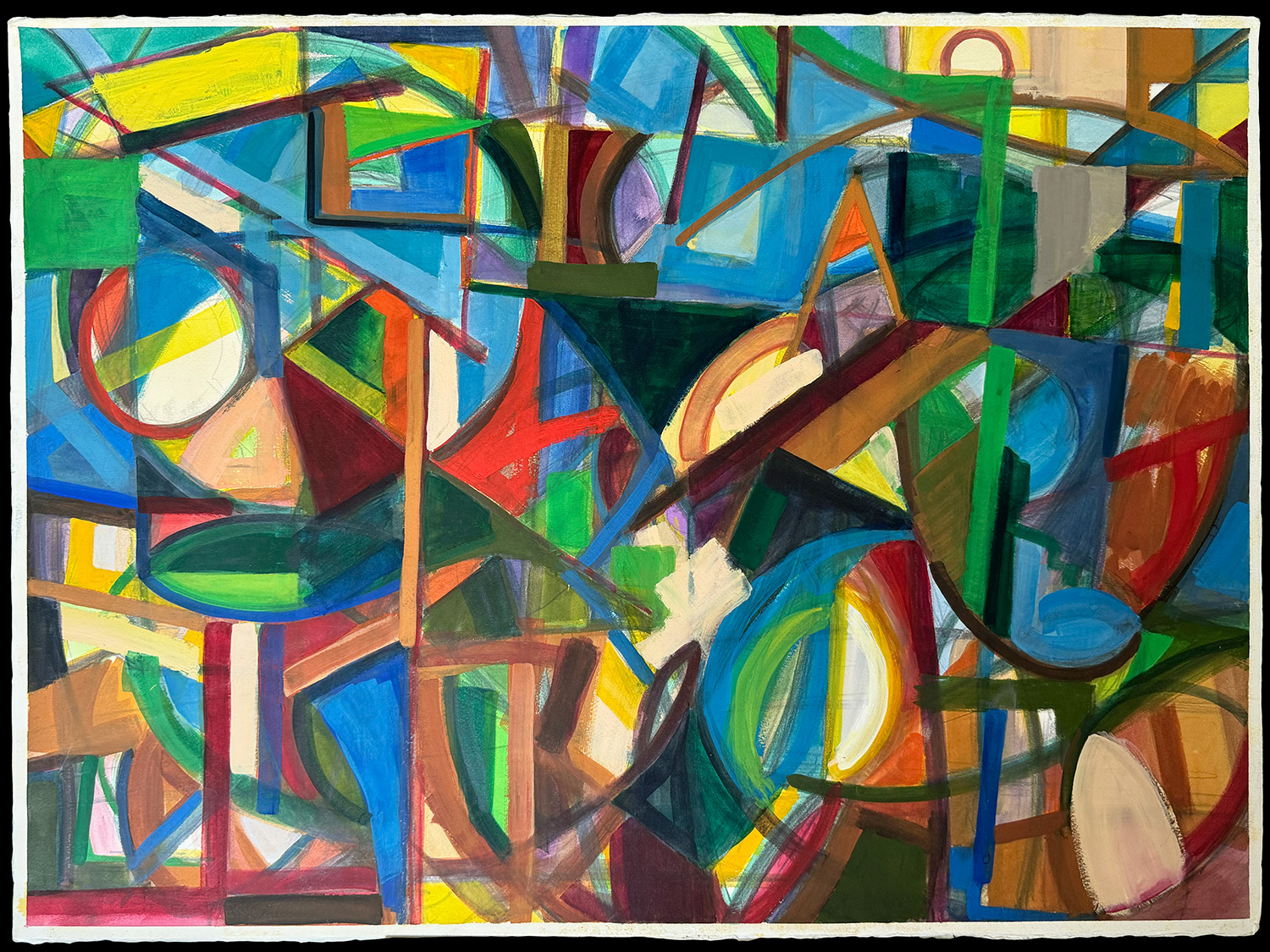
Artist Statement | Television Landscapes
Each painting in the Television Landscapes Series begins as a durational gesture drawing made during a television program of defined length. That drawing is later worked in ink and/or paint until a finished composition emerges. Most often the size of the painting reflects the duration or complexity of the program, with the larger images generally relating to programs of an hour or more, or short broadcasts such as a single advertisement, being rendered in smaller formats.
At its root the Television Landscapes Series—like the Literary Landscape Series that followed—grows from the tradition of landscape painting as a construct rather than direct representation. With finished large-scale landscapes frequently composed in the studio, the genre of Western landscape painting emerged as a unique genre along with the development of modern capitalism and the Nation State: ironically simultaneous with the subsequent disappearance of the very landscapes ‘captured’ as paintings. By this logic traditional landscape painting locates the viewer within the colonial imaginary: an iconography of a disassembled nature, a locus of ‘primitive’ fantasies, or a nostalgic salve for alienation.
By expanding the concept landscape to include any mediated environment such as television broadcasts or printed text, the goal is to invite viewers to reconsider the internal or virtual spaces where people increasingly ‘spend’ time. The investigation of television as source material for time spent (rather than ‘nature’), and the abstract similarities of the visual regardless of the program, exposes the passive nature of our relationship to media, while the specific titles and times display active choices. As viewers and readers we participate in both a singular and communal experience. While this abstracted sense of community can create a shared base with others—for example small talk with intimates or strangers and an allegiance of shared enthusiasms or dislike—the actual practices of watching or reading increasingly happen in either isolation or with intimates, reinforcing a shared social alienation familiar with the experience of contemporary, domestic media.